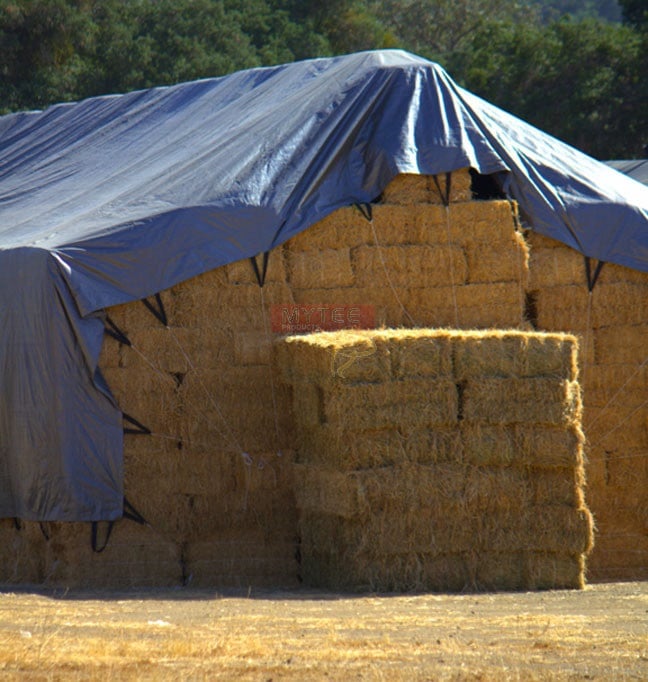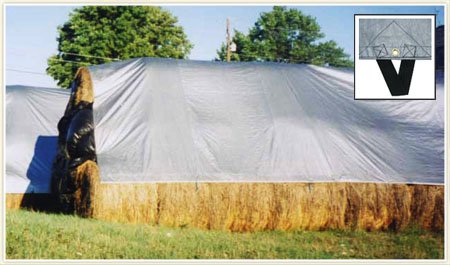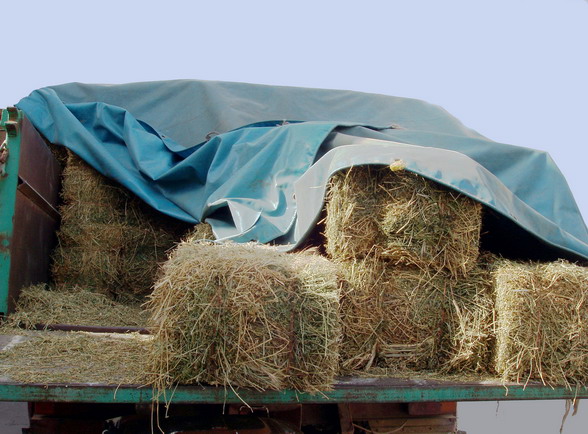Hay is an indispensable item for farmers and livestock owners. For most of them, their livelihood depends on it. And, therefore, the importance of making & storing hay cannot be undermined. Not taking proper care in storing hay is the perfect recipe for disaster. Weather conditions, animals and vermin can easily ruin your hay, if not stored in the right manner. Discussed below are some tips to keep the quality of your hay intact.
Cutting
The time and manner in which the hay is cut determines its quality. Make sure to cut the hay early in the day to accelerate the drying process. Cutting your hay crop in a wider window helps in drying the moisture quickly.
Baling
Timing is crucial when it comes to bundling hay because a minor mistake can take a toll on its nutritional value. Make sure to retain a 15% moisture level while baling hay. Below this, the results can be disastrous. Alternatively, if you are baling new hay, the moisture should not go above 18% in large bales and 20% in small bales. When you bundle hay into small square bales, don’t forget to add preservatives if the moisture content rises above the stipulated level.
Storage
Storing indoors – Before bringing the bales inside the barn or storage area, make sure to clean it completely. Use wooden pallets to avoid hay touching the floor. Also, triple-check if there are any potential sources of water leaks inside the storage area. Always keep a check on rodents and snakes to avoid contamination. Use steel wool to secure entrances. To maximize airflow, keep some gaps when you stack bales. You also need to regularly check the heat levels in bales by using a metal rod. Keep an eye on broken bales to avoid air exposure. Lastly, keeping your barn free of gasoline, aerosol cans and kerosene is equally important.
Storing outdoors – Unprotected hay kept outdoors quickly loses its nutritional value including protein and vitamin A. Therefore, it makes sense to invest in Hay Tarps to keep the nutritional value of your hay intact. Stack the bales on pallets in a pyramid format to avoid water accumulation. Using tarps is beneficial because these are UV resistant and also protect your hay from rain, snow and vermin. Even if you are using tarps, keep checking them regularly. Never stack round bales in a row where the twine sides touch. In case you want to do that, have a gap of at least 2 feet between them.
Investing time and money in storing hay is crucial in order to keep your livestock healthy and earning an appropriate ROI. So, follow these tips carefully and derive maximum value out of your farming business.









